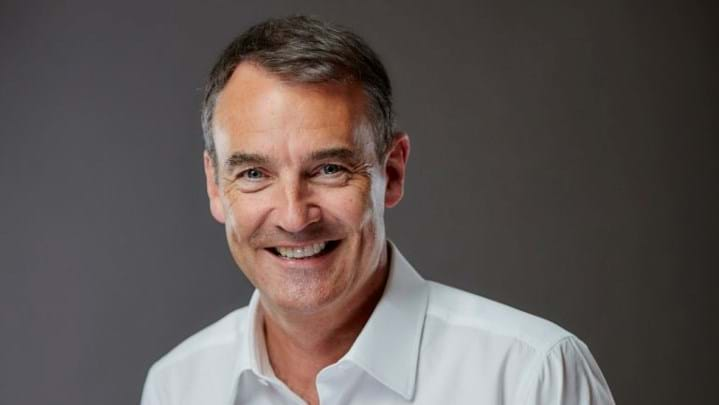BP commits to net zero by 2050

Ten-point plan addresses emissions from operations and customer use
NEW BP Chief Executive Bernard Looney has pledged that BP will reduce its emissions to net zero by 2050 or sooner, and has announced a new structure for the company.
Looney unveiled a ten-point plan during a speech on 12 February. Five of these aim to get BP to net zero by 2050 or sooner, and five relate to getting the world to net zero.
BP plans to install technology for detecting and measuring methane emissions on all major operations by 2023, as well as reduce methane intensity by 50%. It aims to reach net zero on oil and gas operations as well as from customers’ use of its products. This equates to 55m t/y of CO2e from operations, and 360m t/y CO2e from its oil and gas products.
“This is what we mean by making BP net zero,” said Looney. “It directly addresses all the carbon we get out of the ground as well as all the greenhouse gases we emit from our operations. These will be absolute reductions, which is what the world needs.”
This is the first time that BP has addressed ‘scope 3’ emissions – those produced by customers using BP’s fuels. Previously, BP had rejected a proposal by activist shareholder group Follow This to set emissions reductions targets for its scope 3 emissions.
BP will also invest more in non-oil and gas businesses “over time”. “We expect to invest more in low-carbon businesses – and less in oil and gas – over time,” said Looney. “The goal is to invest wisely, into businesses where we can add value, develop at scale, and deliver competitive returns.”
This is the first time that BP has addressed ‘scope 3’ emissions – those produced by customers using BP’s fuels
According to The Financial Times, BP spent around US$500m–750m last year on renewable investments, compared to more than US$14bn on oil and gas businesses.
To get the world to net zero, BP aims to advocate for net zero policies, including carbon pricing. It will launch a team to help other countries and companies decarbonise, and aims to become a leader for transparency of reporting. It will set new expectations for its relationships with trade organisations, and is prepared to leave where alignment cannot be reached on BP’s climate change views.
BP is a member of the American Petroleum Institute, which actively campaigns against climate action. According to an analysis by The Guardian, “the political world could change dramatically” if BP used its influence with such organisations to push for net zero goals. Jason Bordoff, Founding Director of the Center on Global Energy Policy at Columbia University, also said on Twitter that this is “significant”.
Structural changes
BP’s structure has been mostly the same for more than a century and was split into three organisations: upstream, downstream, and other businesses. It will now be divided into: production and operations; customers and products; gas and low-carbon energy; and innovation and engineering. There will also be three integrators to identify and maximise opportunities: sustainability and strategy; regions, cities and solutions, and trading and shipping.
“We need to reinvent BP,” said Looney. “Our historic structure has served us well but, in order to keep up with rapidly-evolving customer demands and society’s expectations, we need to become more integrated and more focussed. So we are undertaking a major reorganisation, introducing a new structure, a new leadership team and new ways of working for all of us.”
Looney also said in his speech that he expects BP to still be producing oil and gas in 2050, but production will be reduced
BP has also said that it is committed to “performing while transforming” and that there will be no change to the company’s fundamental commitments. Looney also said in his speech that he expects BP to still be producing oil and gas in 2050, but production will be reduced.
According to The Financial Times, BP’s goal is more ambitious than rivals Shell and Total, and is only matched by Repsol, a much smaller company. Bordoff also noted that BP’s pledge cannot be met with offsetting alone, such as CCS and tree-planting, so that BP will become a different type of energy company.
Looney anticipated criticism for the lack of a timetable or concrete goals and said more details would be given at an investor meeting in September: “I appreciate you want more than a vision – you want to see milestones, near-term targets, some ways to measure progress. We do not have those for you today. But we will have more to say in September, and in the months and years to come. I will say this now though – we don’t expect progress to be a straight line. But make no mistake, the direction is set. We are heading for net zero. There is no turning back.”
This article is adapted from an earlier online version.
Recent Editions
Catch up on the latest news, views and jobs from The Chemical Engineer. Below are the four latest issues. View a wider selection of the archive from within the Magazine section of this site.




